The Wall of History is several tens of meters long. Its foundation is made of a masonry of broken multi-coloured field stones, on which 6 granite steles brought from Scandinavia and created by a local artist with carved plot bas-reliefs are embedded. They contain important historical moments that shaped the identity of the Akmenė District. The spaces of the Wall of History are decorated with blacksmith artworks, symbolizing the struggles for freedom. The stone arched niches house a museum exposition displaying Stone Age finds, weapons, jewellery and coins. These elements of art and history create an extraordinary emotional atmosphere that allows feeling the spirit of various historical periods.
The 1st grey granite stele features a Stone Age motif. It depicts the tribe, its daily lifestyle and work.
The 2nd stele depicts the times when the Semigallian tribe was formed in the areas of the Akmenė District. It features the spiritual life of the tribe. We see a Semigallian family with a baby, who is blessed by the goddess Laima by pouring water.
The 3rd pink granite stele talks about the battles of the Semigallians with the Livonian Order. The Semigallian soldiers, armed with axes, spears, and fighting knives, push the Livonian soldiers into the swamp, which engulfs and drowns the enemy.
A block of pink granite was used to create the plot of the 4th stele. In 1531, the local tivunus Jonas Stankevičius Bilevičius received a royal privilege to build the town of Akmenė and hold a market there. This privilege was signed by Sigismund the Old – King of Poland and Grand Duke of Lithuania. In 1596, on the initiative of Anna, daughter standing next to the ruler, it was allowed to build the Akmenė church and to establish a church school.
The 5th grey stele features the Northern War. The Swedes were expanding their empire and invading Lithuania: they burned Akmenė to the ground. Lithuanians called the Swedes “žuvėdas” (approximate meaning – “eating fish”). After the war, famine, plague and other epidemics ravaged Akmenė and its suburbs. In the year 1736, there were only 16 residents left in Akmenė.
The 6th grey granite stele depicts the Republic of the Two Nations. The Russian Double Headed Eagle attacks the coat of arms of Lithuania and Poland. A bear with a rowan stick, the symbol of Samogitia, attacks the enemy, but eventually falls into a trap and the Republic of the Two Nations is occupied. It took more than 100 years until Lithuania regained its independence in 1918.
The Wall of History was created according to the idea of the Akmenė community, its author is sculptor Antanas Adomaitis. This monument is dedicated to the 490th anniversary of Akmenė Town.



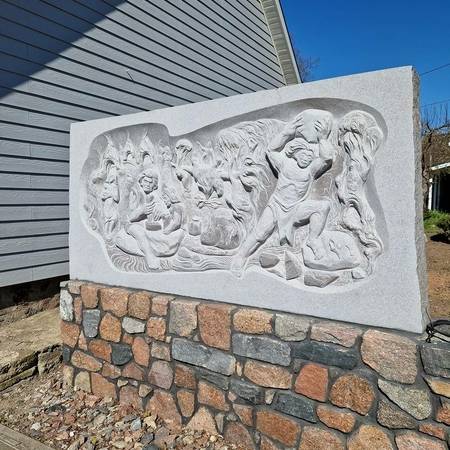

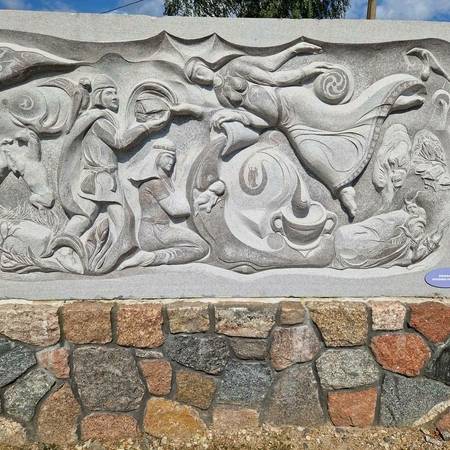
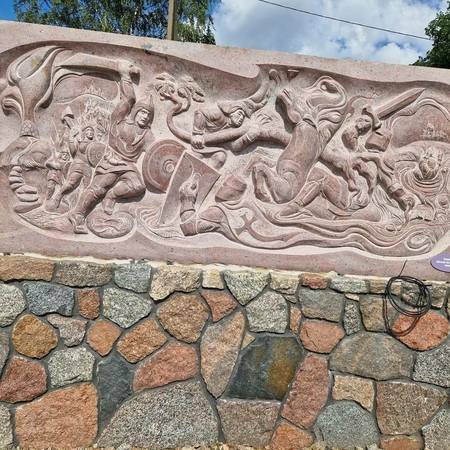
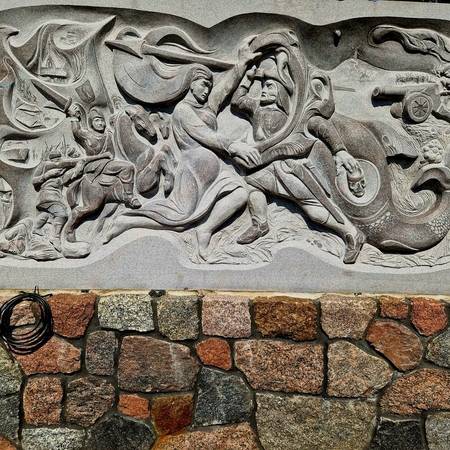
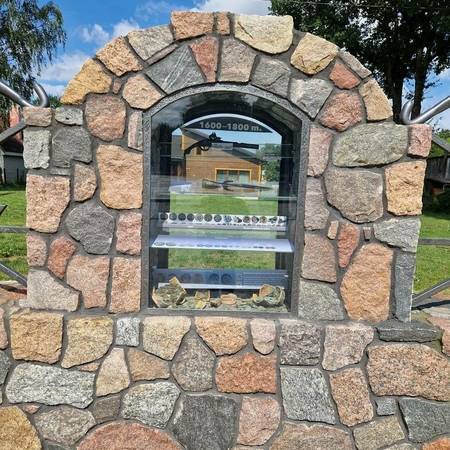
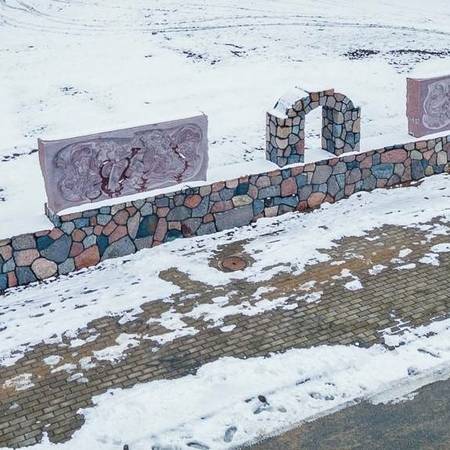










Reviews